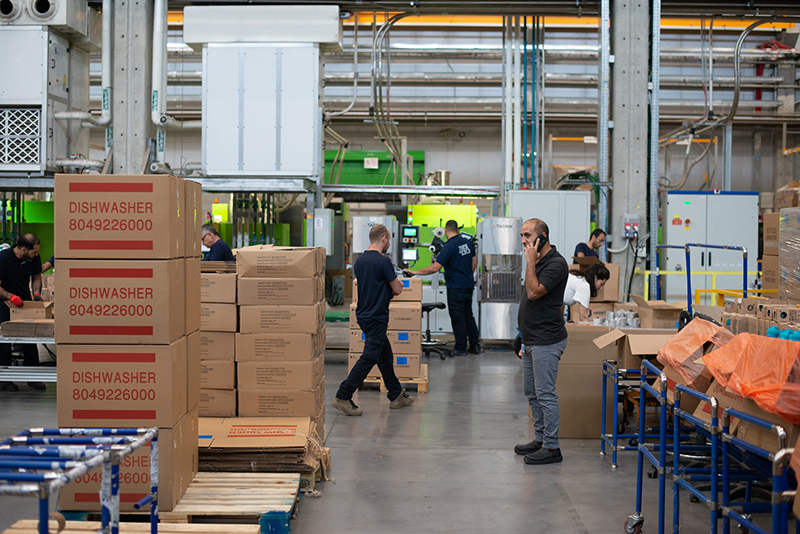Click here to get this post in PDF
If you’re a business owner specializing in manufacturing, many new technologies have come along to streamline your workflow. Over the past decade (and the throughout last year especially), automation has redefined the way a wide range of industries meet client needs and consumer demands. Taking into account both the fast-paced nature of today’s manufacturing needs for meeting the bottom line, here we will look at a few innovative and pragmatic ways to automate some of your own business process.
Advancements on the Floor
While many companies have expressed concerns with automation on the manufacturing floor, according to insights gathered by various business intelligence tools, advanced industrial equipment such as box and carton creators, palletized conveyors, and logistical app-based software have all proven to aid small business and established organizations increase productivity with no employment loss. Areas such as inventory management, manufacturing creation and packaging, and shipping can all benefit from activity-based automation tools, as well as new automation software. With regard to job security, automation also dictates a need for new employee opportunities, coupled with business user training for machine learning and progress-aimed efficiency with new product usage.
As an entrepreneur, you may wonder what manufacturing functions will benefit the most from an automated solution? Well, for example, consider the actual pragmatic repetitive tasks associated with manufacturing a new product. The everyday routine of product creation and shipping benefits greatly from automating in your company. The first step could benefit greatly with the integration of palletized conveyors, which can save a lot of time transporting the finished product from one area of your facility to the designated pallets for easy packaging and loading. Additionally, when coupled with an automated box and carton machine, the shipped packages are universally sized perfectly, allowing for perfect loading, which equals larger loads for retail delivery.
This one use case demonstrates that an automated process not only guarantees a better product, but can expediate the shipping, integrity of the packaging, and the delivery turnaround within one seamless workflow. Ultimately, the full manufacturing cycle now works the full range of customer support and customer satisfaction, client relations, and a fully-staffed team granted new tasks with no loss of jobs.
Automation and the Workforce
The term “automation” can make many business owners nervous about losing the human touch of their product creation and customer service. Visualization of a workforce fully-staffed with artificial intelligence and worker robots can scare an employee population fearing cuts within labor costs. However, use cases for business intelligence and data analytics have produced promising examples regarding the integration of automations working alongside human employees for a solid, hybrid team effort.
Business process automation usually helps tackle the time-consuming tasks that tend to suffer from human error. On the plus side, artificial intelligence or robots will never be able to replace the salesforce or sales team members regarding customer service or client outreach, but the integration of an automated process within the manufacturing plant itself can actually create new jobs on your team; preventative maintenance and other important tasks regarding equipment operation for one thing, as well as an existing team with more time for quality control and on-the-floor monitoring.
Business analysts have also produced interesting predictive analytics regarding automation and other areas of business processes. Other than the hands-on manufacturing tasks that robots and advanced technologies can address within a facility, “marketing automation” is another facet covered by related innovations. For example, artificial intelligence software can now oversee sections of the hiring process for your Human Resources department, and licensed programs, such as Hootsuite, have already demonstrated how platforms can serve multiple social media accounts for customer outreach with partially-automated functions. With this in mind, it is easy to see that, used correctly and creatively, an automated business process is a healthy integration for both small businesses looking to expand, as well as larger organizations looking to increase workflow and productivity.
You may also like: Does Your Distribution Network Need a Case Packing Machine?
Image source: Unsplash.com

